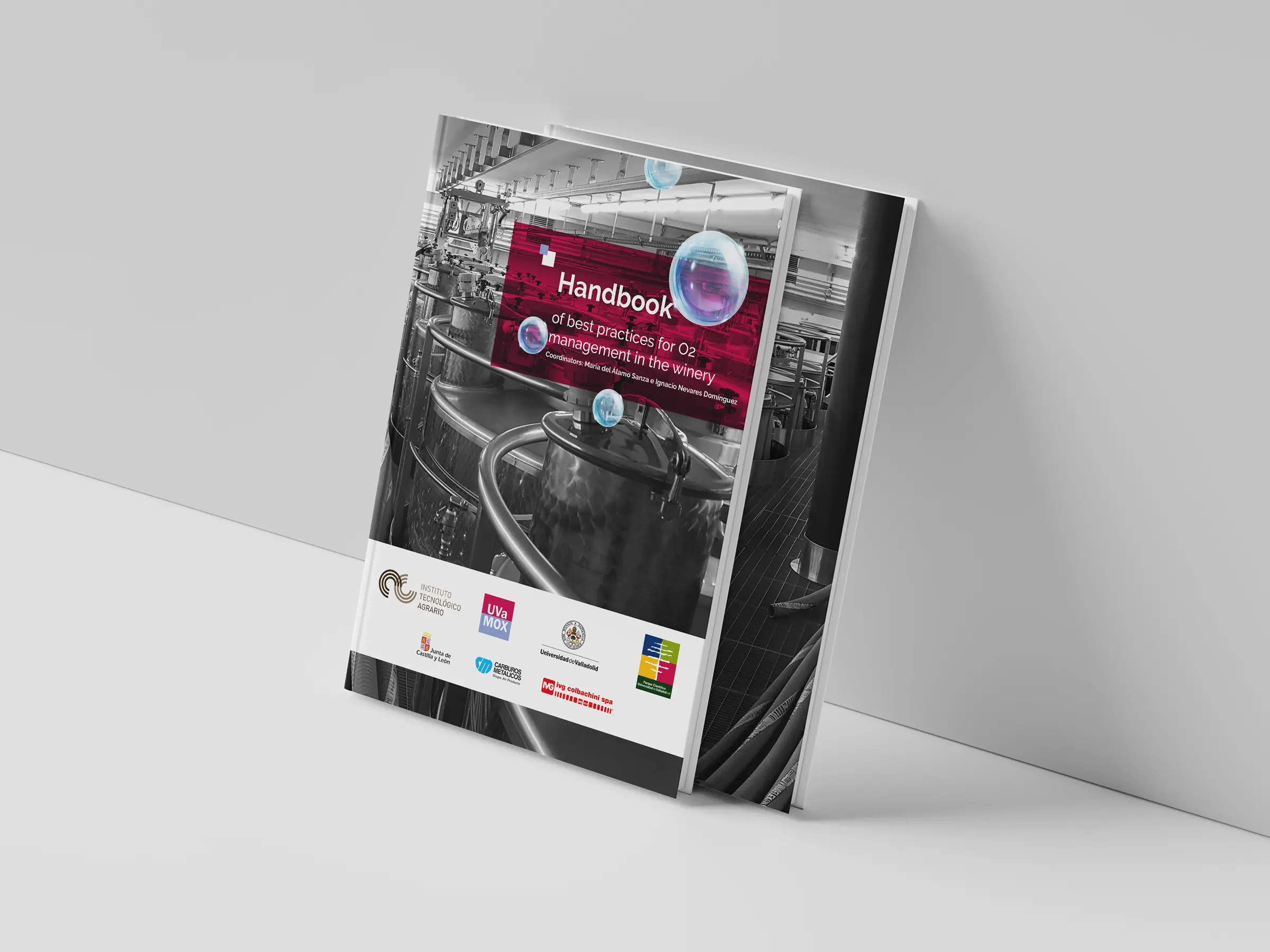La Barrica de Vino como Recipiente Activo: Una revisión crítica de los conocimientos pasados y actuales
del Alamo-Sanza & Nevares
UVaMOX
Finally we have collected all the knowledge generated in recent years on the operation of a barrel. This critical work has been published in the journal Critical Reviews in Food Science and Nutrition. We encourage you to read it! OPEN ACCES
Along the article we review the role of the oak barrel as an active vessel for wine maturation. We present a historical background to highlight that previously established aspects of processes occurring with wine inside the oak barrel are still without confirmation. We argue that recently published new findings on the topic are determining factors in defining the manner in which the oak barrel works with wine. Several studies have been published reviewing how the wine barrel functions as an active vessel that releases chemical compounds into the wine, improving its physical, chemical, and sensory properties. Nevertheless, there are hardly any studies that describe how a wine barrel functions as an active vessel. The present review details the main factors affecting the gas exchange capacity of the barrel, such as the pressure drop generated within the barrel, the formation of a headspace, the effect of wood anatomy, the different oxygen entry routes, the role of wood moisture content and soluble ellagitannins, and the effect of barrel toasting on cooperage. Finally, a hypothesis is proposed regarding the function of the barrel as an active vessel, which determines the manner in which it interacts with the wine that it contains during aging.




